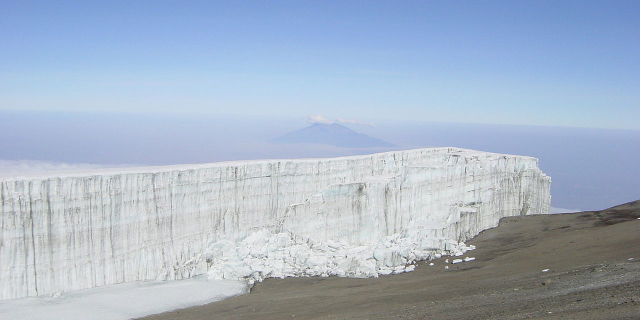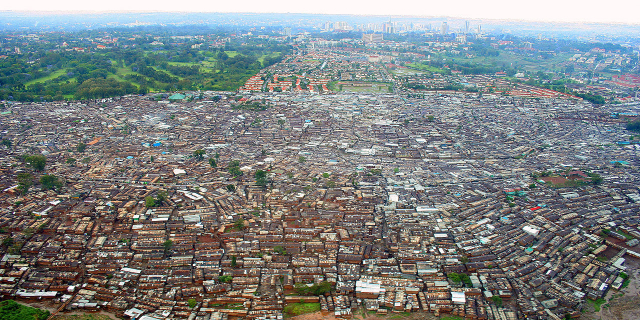Lamu Island is a port, city, and island just off the shore of Kenya in the Indian Ocean approximately 150 miles from Mombasa. It is a part of the East African country of Kenya. Lamu was founded in the 12th Century. Lamu is one of the longest established, and best preserved remaining settlements of the Swahili tradition in east Africa that remains today. The island has continually been inhabited for over seven hundred years, and continues to be an important center in eastern Africa.
Swahili Culture The island of Lamu is a Swahili settlement filled with culture. Prior to the birth of the Prophet Muhammad, people of various countries and regions migrated to the island of Lamu. Traders and sailors from the Arabian Peninsula, China, India and South-East Asia traveled across the Indian Ocean to the East African Coast to reach the island of Lamu. The diverse mixture of sailors and traders with the native people of the Lamu island created distinguishable social classes...Подробнее
Lamu Island is a port, city, and island just off the shore of Kenya in the Indian Ocean approximately 150 miles from Mombasa. It is a part of the East African country of Kenya. Lamu was founded in the 12th Century. Lamu is one of the longest established, and best preserved remaining settlements of the Swahili tradition in east Africa that remains today. The island has continually been inhabited for over seven hundred years, and continues to be an important center in eastern Africa.
Swahili Culture The island of Lamu is a Swahili settlement filled with culture. Prior to the birth of the Prophet Muhammad, people of various countries and regions migrated to the island of Lamu. Traders and sailors from the Arabian Peninsula, China, India and South-East Asia traveled across the Indian Ocean to the East African Coast to reach the island of Lamu. The diverse mixture of sailors and traders with the native people of the Lamu island created distinguishable social classes and a diverse social structure on this African Island. The Swahili language is known as Kiswahili, and has various dialects throughout the island. There are several different social classes that the people living on the island of Lamu are considered to be part of. The different social classes are separated into the following: indigenous people (Wenyeji), foreigners (Wageni), Arabs (Waarabu) and the Africans (Waafrika). These different groups of people all identity themselves differently based on their social status, but another interesting factor that makes these groups unique that is that each social status has a different dialect. The Swahili culture is not a single culture or a way of life, it is yet a mixture of traces from European, African, Arab and Asian traditions and cultures. Since the Island of Lamu was visited by many sailors and travelers in the early years of this island’s settlement it was able to become a diverse island. The Swahili culture has a rich history and embraces all parts of the society on the island of Lamu.
Because of the small winding roads on the Island, residents are forced to walk via foot or by donkey to get to wherever they are going. The use of cars for the general public is banned. The weather in this region is generally warm ranging from about 23 and 33 °C. Experiencing the warmest weather from December to April and the coldest weather from may to July A port was founded on the island of Lamu by Arab traders at least as early as the fourteenth century, when the Pwani Mosque was built. The island prospered on the slave trade. After defeating Pate Island in the nineteenth century, the island became a local power, but it declined after the British forced the closure of the slave markets in 1873. In 1890 the island became part of Zanzibar and remained obscure until Kenya was granted independence from Great Britain in 1963. Tourism developed from the 1970's, mainly around the eighteenth century Swahili architecture and traditional culture.
Along its southern coastline the area of Lamu island is composed of mainly sand dunes, which cover the Shela aquifer which is responsible for the islands main source of water.
Kenya, South Sudan and Ethiopia have launched the controversial LAPSSET development project to build a port, oil refinery and rail network near the island of Lamu, the Lamu Port and Lamu-Southern Sudan-Ethiopia Transport Corridor.

































Добавить комментарий